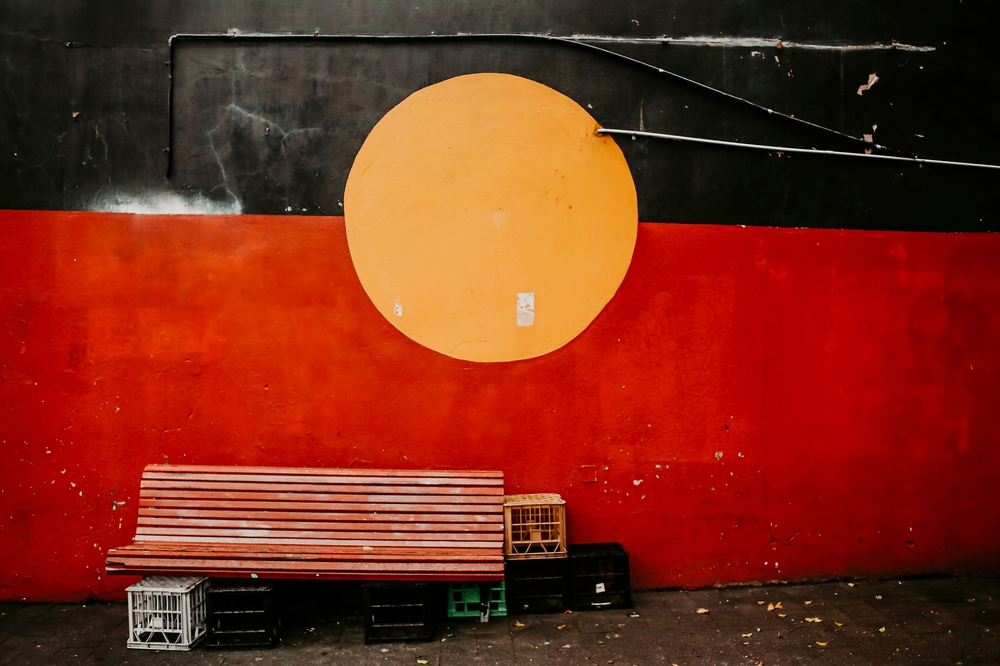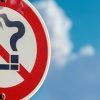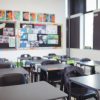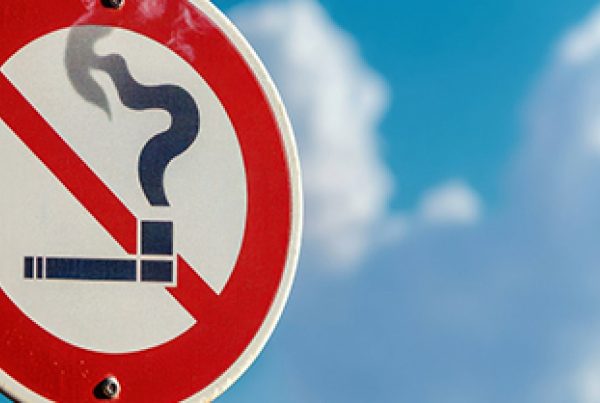The recent Closing the Gap report had some promising news for education, with a 25 per cent increase in Aboriginal children enrolled in childcare over the past seven years.
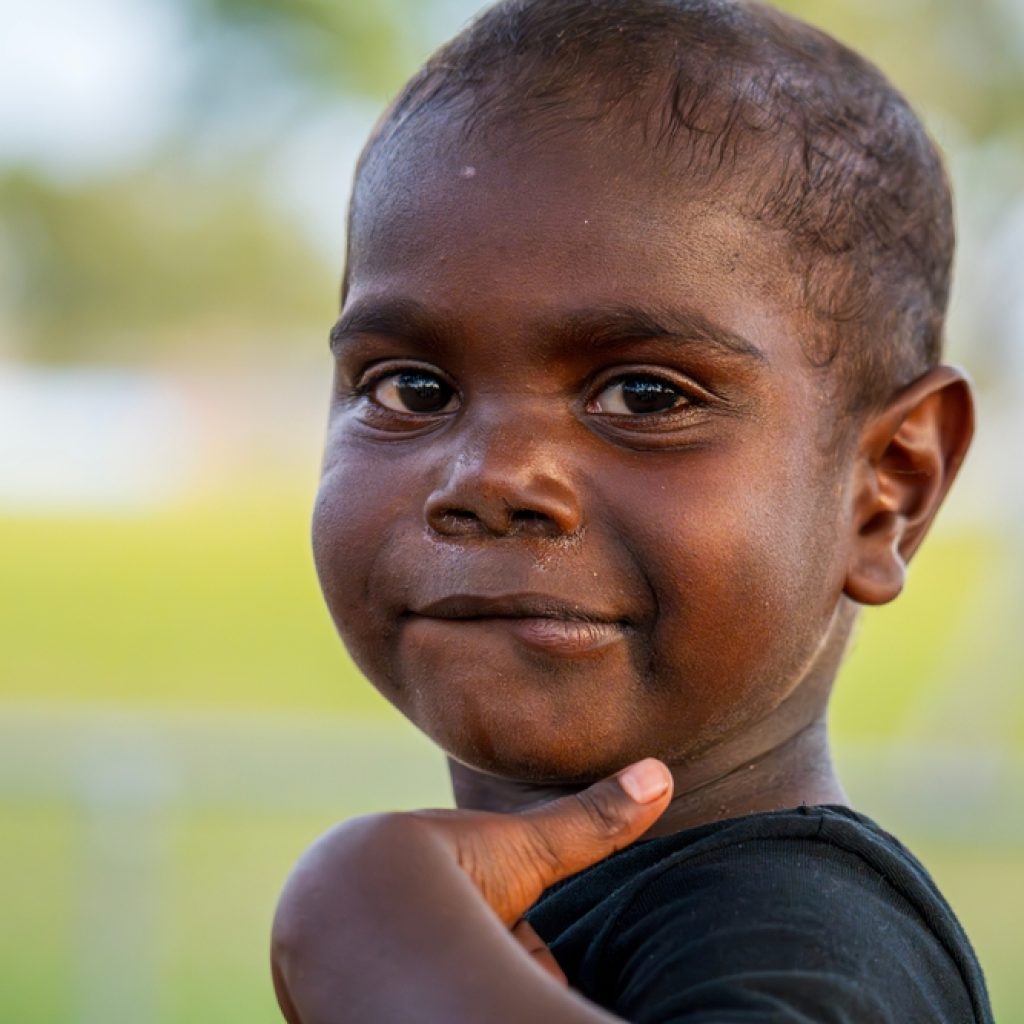
But other report figures show there are still big issues to solve in schools. This includes only 68 per cent of Indigenous people aged 20-24 finishing Year 12.
This comes on top of regular reporting of poor or “lagging” educational outcomes for Indigenous students.
However, we still don’t have clear data on one factor that may be influencing this: the high – and unacceptable – rates of Indigenous students been excluded from school.
What are exclusions?
School exclusion usually involves a student being prevented from attending school. This can be on a short-term basis (suspension) or permanently (exclusion/expulsion). Students who are past the compulsory age of schooling may have their enrolment cancelled, instead of being expelled.
Whatever form exclusions take, it means students are away from school and are not learning. This can understandably make it hard for students to stay engaged with education and it can hurt their learning outcomes.
Exclusions are meant to be a last resort for schools in managing student behaviour and can sometimes be framed as being about student/staff “safety”.
A history of excluding Indigenous students
In March this year, a National Indigenous Youth Education Coalition report told a disturbing story of the systematic exclusion of Aboriginal and Torres Strait Islander peoples from education from the early 19th century to the present day.
The report outlined explicit policies that sought to exclude Indigenous peoples from education, including segregated schooling. This formed part of wider government policies to exclude Indigenous people from the same opportunities for non-Indigenous people.
It also showed while these policies were eventually replaced, the practice of excluding Indigenous students remains a problem today.
How bad is the problem?
State and territory governments collect data on school suspensions and exclusions. Only some make them publicly available.
In Queensland public schools in 2023, there were 81,918 incidents that lead to a suspension, expulsion or enrolment cancellation. Of these, 20,924 (26 per cent) involved Aboriginal and Torres Strait Islander students, even though Indigenous students only make up only 11 per cent of the student population.
We are not sure how many Indigenous students received more than one suspension. However, we do know 171 suspensions were given to Indigenous students who were in the first year of school (called prep in Queensland). Additionally, there was a 98 per cent increase in “disciplinary absences” given to Aboriginal and Torres Strait Islander students when moving from Year 6 to Year 7. These rates remained high in Years 8 and 9.
Just over a quarter (27 per cent) of Year 11 students who had their enrolments cancelled were Indigenous.
In New South Wales in 2022, Aboriginal students made up 9 oer cent of government school enrolments but accounted for 25 per cent of the total number of suspensions. This included 417 children in the first three years of school (up to Year 2) receiving short suspensions (up to four school days). A further 84 young children received long suspensions averaging 8.7 school days.
There is nothing to suggest Queensland and NSW results would differ from other states. But not all states and territories make these data available, or make them easy for the public to find. So the full extent of Aboriginal and Torres Strait Islander students being subjected to suspensions or other disciplinary absences is unclear.
The US example
We also know suspension and exclusionary practices disproportionately impact Black and minority students in the United States. Research shows these contribute to poorer educational outcomes, impacts on employment and increased risk of engagement with police and the justice system. Critically, it also leads to school-induced racial trauma.
Racial trauma, sometimes also defined as “race-based traumatic stress”, refers to the distress, compromised wellbeing and emotional trauma that results from racism. Research shows racial trauma in schools can harm children’s development and academic performance.
What can we do?
Accessing the data to understand the extent of the problem is important, but addressing these alarming rates of exclusionary discipline is urgent.
Research shows some schools are having success at reducing suspensions across all student populations.
For example, the Positive Behaviour for Learning framework is used in about one third of Australian schools. It offers graduated levels of support to keep students engaged at school. Restorative practices see teachers facilitate conversations with students after an incident, shifting the focus from punishment to the impact of their behaviour and making amends. Mentoring programs help students learn the social and behavioural skills to be successful at school and feel a sense of belonging.
Academic interventions involve supporting students to keep up with their academic work with the aim of also reducing behaviour issues. In-school suspensions can see a student suspended from their regular routine but still engaged at school with other activities, often isolated from their peers.
However, we do not know how effective these interventions are for Aboriginal and Torres Strait Islander students. Or if they have been adapted to be culturally responsive.
What should happen next?
There is a dire lack of evidence about how to address Indigenous school exclusion.
Not having clear data also means we don’t know if certain groups are disproportionately affected. For example, Indigenous students with disability or Indigenous students in out-of-home care.
What we do know is solutions must include Indigenous leadership, be co-designed and evidence based. Co-design has the potential to address power imbalances, with Indigenous people leading the identification of problems and creating new solutions.
Authors
Marnee Shay
Associate Professor, Principal Research Fellow School of Education, The University of Queensland
Shiralee Poed
Associate Professor in the School of Education, The University of Queensland
This article is republished from The Conversation under a Creative Commons license. Read the original article here.
